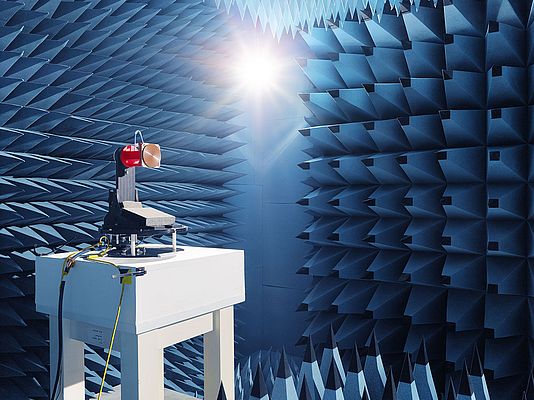Electromagnetic processing technologies typically heat or melt materials that are used in everyday life. Process heating is central for the manufacturing of a vast array of consumer and industrial products. The technologies use wavelengths in the electromagnetic spectrum that correspond to microwave, radio waves, infrared, and ultra violet to heat materials. Direct heating methods, such as induction heating, generate heat within a work piece, by either passing an electrical current through the material, inducing an electrical current (eddy current) into the material. The conventional method is to heat the air in a furnace by combusting a fossil-fuel and transfer the heat to the work piece by convection.
The convection method of heating a work piece has major drawbacks such as lower thermal efficiency or heat transfer to the product, requires larger space, noisy and produce several combustion by products such as CO, CO2, and other particulate matters. Induction heating and melting technologies make use of electromagnetic fields. The electromagnetic processing technologies offer significant benefits compared to the fossil fuel alternatives and contribute to decarbonization by not producing on-site emissions. Depending on the way electricity is generated, these technologies will lead to an improvement in overall air quality. Other common advantages of electro-heat technologies, apart from the lower environmental impact, are:
- A low investment cost in most cases
- A compact installation relative to the production capacity in most cases
- No fuel transport and storage is required
Inherent Power
The inherent power of most electro-heat technologies lies in the fact that they generate heat within the target material, leading to advantages in terms of process control and end-use energy efficiency. Typically, a factor two improvement in end-use efficiency can be observed, depending on the process. This means that electromagnetic processing can potentially halve the final energy demand for EU process heat which is 20% of final energy demand in the EU.
Another important difference in electrical versus fossil energy furnaces is in the oxidation losses of the materials processes. Typically, oxidation losses are 2-4% in fossil burners and 1% or lower with electromagnetic processing. While a few percentage losses of material through the chimney may not seem a lot, this difference is significant since it occurs every time a material is recycled, and the lifecycle environmental impact of the material lost has to be attributed to the process where the material is lost. Europe needs these technologies to meet its energy and climate objectives, and to achieve circular economy ambitions.
Electromagnetic Processing
Heating processes in industry represent 20% of final energy demand in the EU. Deep decarbonisation of these processes is needed to meet EU long-term climate objectives. Electromagnetic processing (EP) are a promising technology to help decarbonize the EU process heat through the combined effect of the higher end-use efficiency of these processes and the decarbonisation of the electricity system based on renewables. EP is an umbrella term for industrial process heating systems that use electricity as an energy source, as opposed to process heating systems that use fossil or bio energy.
While EP technology uses renewables to decarbonize industrial electro-heat, it also works the other way – through demand participation can EP technologies also facilitate the integration of renewables and hence the decarbonization of the electricity system.
Advantages of electro-heat technology
EP technology produces no emissions near the point of use. Depending on the way electricity is generated, these technologies will lead to an improvement in overall air quality, and certainly in local air quality.
Other common advantages of electro-heat technologies, apart from the lower environmental impact, are:
- A low investment cost in most cases
- A compact installation relative to the production capacity in most cases
- No fuel transport and storage is required
Each electro-heat technology has particular application domains in which it is used to its full advantage:
- Direct & indirect resistance heating; e.g. frequently used in the glass industry
- Infrared heating: one of mainstream EP technologies, used in a wide variety of industries (appliances, automotive, ceramics, printing, photovoltaics, …)
- Induction heating: another mainstream technology, e.g. used for producing metal parts in the transport industry, or for heat treatment of metals or melting processes
- Dielectric heating; common in the food, wood, textile and printing industries
- Electric arc heating: commonly used for melting steel (currently a third of European steel furnaces use this technology)
- Electron-beam heating; an emerging technology, e.g. used in the textile industry
A very large portion of EU industrial processes can be switched to EP technologies, leading to all of the above benefits. In addition, EP technology is enabling some new applications, e.g. in the medical field, 3D printing. The application domains for the electro-heat technologies are certainly not restricted to these examples. EP technologies are often used in particular niche domains for specific advantages, and new application domains for electro-heating continue to be explored. Industry is not yet exploiting the full potential of this technology. A European industry based on EP technology will be highly innovative, value-added, decarbonized and modular. We see EP technology as an inherent component of Europe’s factories of the future.
By: Hans De Keulenaer, European Copper Institute





























































